[Bumped Monday a.m. for readers who missed it over the weekend]
The piece appears in the business section of Saturday’s Times, and it’s a perfectly good one as far as it goes. It starts off with a wooden toy maker in Ogunquit, Maine, who estimates that it would cost him $30,000 to secure testing for the 80 items he makes, using such materials as maple, walnut oil and local beeswax. It touches on the strains between large and small manufacturers, ![]() as well as the thrift-store and vintage-book angles. Overall, it’s really not a bad piece of its sort.
as well as the thrift-store and vintage-book angles. Overall, it’s really not a bad piece of its sort.
Aside from its timing, that is. The Times has now gotten around to covering some of the harm done by this law ten months after the Washington Post and other media had begun reporting the basic outlines of the story; nine and a half months after a furor had built to national proportions, prompting both members of Congress and the CPSC to hurry out supposed clarifications; nine months after hundreds of bloggers were on the case, the law’s effects on thrift stores were making headlines from coast to coast, and the Times’s continuing failure to report on the law’s effects had commentators noting its “weird blind spot” on the issue; eight and a half months after a deeply clueless Times editorial assailed critics of the law who  “foment needless fears that the law could injure smaller enterprises like libraries, resale shops and handmade toy businesses”; seven and a half months after protests by minibike dealers began drawing wide national coverage; seven months after critics rallied on Capitol Hill, and the Washington Post joined in reporting on the law’s dire effects on vintage (pre-1985) kids’ books; and so on to the present.
“foment needless fears that the law could injure smaller enterprises like libraries, resale shops and handmade toy businesses”; seven and a half months after protests by minibike dealers began drawing wide national coverage; seven months after critics rallied on Capitol Hill, and the Washington Post joined in reporting on the law’s dire effects on vintage (pre-1985) kids’ books; and so on to the present.
Okay, so the Times was — well, not a day late and a dollar short, but more like 300 days late and many billions of dollars in overlooked costs short. Still, let’s be grateful: the paper’s news side has now implicitly rebuked the editorial side’s fantastic, ideologically blinkered dismissal of “needless fears that the law could injure smaller enterprises”. And the Times’s belated acknowledgment of the story can serve as permission for other sectors of the media dependent on Times coverage — including some magazines and network news departments — to acknowledge at last the legitimacy of the story and begin according serious attention to the continuing CPSIA calamity. When they do, they will find much to catch up on. (& welcome Handmade Toy Alliance, Chris Fountain readers)
PUBLIC DOMAIN IMAGE from Ethel Everett, illustrator, Nursery Rhymes (1900), courtesy ChildrensLibrary.org.

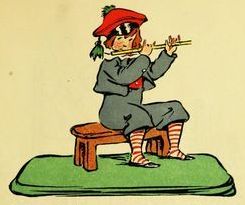 (The Small Business Committee, a panel with no legislative authority over the law, had
(The Small Business Committee, a panel with no legislative authority over the law, had 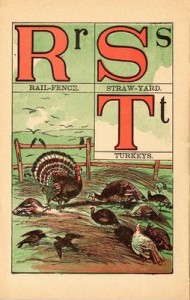
 A
A 
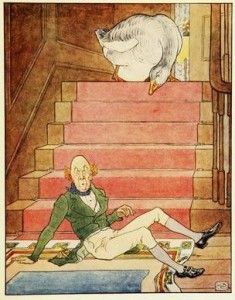
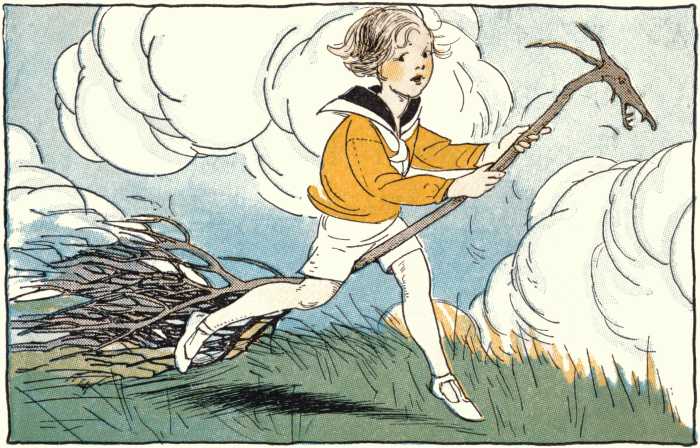 On Friday several key provisions of the Consumer Product Safety Improvement Act of 2008 took effect [
On Friday several key provisions of the Consumer Product Safety Improvement Act of 2008 took effect [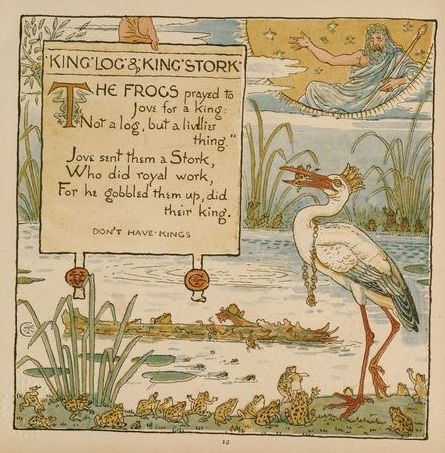
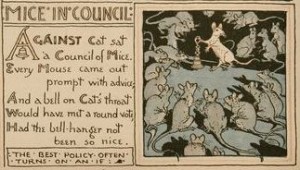
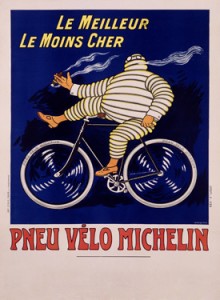 The
The